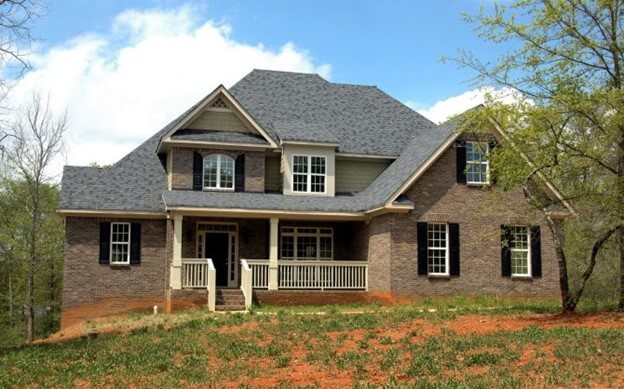How to prevent iron ochre and protect your home
Since iron ochre forms naturally from the presence of iron and water in the soil, it is impossible to prevent the chemical reactions that lead to its formation.
That said, there are some steps you can take to protect your home from iron ochre:
- Changing the grade of your property
- Sealing any gaps between concrete walls and the foundation
- Installing vertical cleaning conduits
- Installing waterproof coating
- Installing a waterproof membrane on the foundation
- Raising the basement slab and draining everything beneath it
- Installing and cleaning drainage chimneys in your French drain
The University of Michigan State recommends a number of measures to mitigate iron ochre, such as increasing soil aeration, using the right kind of pipes, and eliminating the oxygen supply.
As mentioned earlier, iron migrates with water towards the home’s drainage system. Aerating the soil prevents iron from becoming soluble and travelling towards the drain.
Pipes with larger circular perforations (0.5 to 1.3 cm) will take longer to get blocked up. Pipes with slotted perforations allow iron ochre to bridge the narrower width much faster and thus clog the pipes.
Since the combination of iron, water, and oxygen forms iron ochre, eliminating or reducing the supply of oxygen will help prevent the substance from forming. The installation of deeper drain pipes (1.2 to 1.5 m) lowers the risk of iron ochre formation since the pipes are farther away from the air.
Home insurance considerations
If a home sustains damage from iron ochre, insurance coverage will depend on the circumstances.
Much of the potential damage iron ochre causes is gradual, taking place over a long period of time—this type of damage is generally not covered by home insurance. For example, damage from gradual groundwater infiltration, which can happen after iron ochre plugs up a French drain system, would not be covered.
However, if an iron ochre buildup causes (for example) a blocked wastewater pipe in the basement to suddenly back up or burst, the resulting water damage may be covered.
The important aspect to retain is the notion of suddenness.
If iron ochre spills into the basement after a sudden pipe burst, the resulting property damage may be covered. On the other hand, damage caused by iron ochre sludge slowly oozing into the basement or into the walls over a long period of time would not be covered, because the homeowner neglected to address it.
Commonly asked questions
Is iron ochre a hidden defect?
A hidden defect is any problem that is serious, hidden, exists at the time of sale, and is unknown to the buyer at the time of the transaction. Depending on the situation, the presence of iron ochre can be considered a hidden defect that is the seller’s responsibility.
For example, if the seller did not disclose that there were iron ochre deposits in the French drain, this would be considered a hidden defect.
However, if iron ochre were to form after the sale of the property, it would not be considered a hidden defect, as it was a problem that did not exist at the time of sale. Equally, if the buyer could see patches of orange-coloured iron ochre on the front lawn when they visited the property, the presence of iron ochre would not be considered a hidden defect.
Can iron ochre be eliminated?
No. Iron is a naturally occurring substance in the soil that mixes with water and air, so eliminating iron ochre altogether is not feasible.
Besides seeing visual evidence of deposits, is there any other way to detect the presence of iron ochre?
An iron ochre analysis performed by a professional can detect the presence of iron ochre.
Typically, a sample of water is taken from inside the drainage system or from shallow groundwater and analyzed for Ph level, bacterial activity, and the amount of iron. An iron indicator test strip is used to measure the concentration of ferrous iron in mg/L. A reading of below 1 is considered negligible, 1-5 is low, 5-10 is moderate, 10-25 is high and anything above 25 is very high.
Want to learn more? Visit our Homeowner resource centre for more articles created specifically to help you navigate homeownership. Or, get an online quote in under 5 minutes and find out how affordable personalized home insurance can be.


